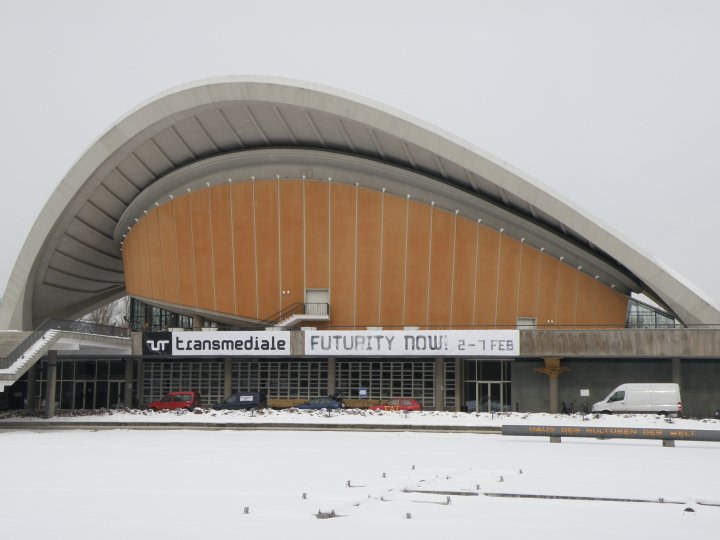</strong>
Those of you who have clicked through the visitor portraits in our Marina Abramović: The Artist Is Present Flickr gallery, taken by Marco Anelli, probably noticed some familiar faces. Apart from a few celebrities in the mix (Sharon Stone, Rufus Wainwright, Isabella Rossellini, to name a few), there are a number of less famous faces that repeat day in and day out, almost as often as Marina herself. These Marina devotees have become micro-celebrities in their own right, at least around the Museum; the guards know them by name, and fellow visitors waiting their turn to sit with Marina regard them with an air of what may best be described as reverence.
Paco Blancas, a NYC-based make-up artist, is one such visitor. After seeing his portrait a number of times on Flickr, I found myself wondering, “Who is this mystery man? Why does he keep coming back? Why is he crying in so many of these photos?” I wanted to know his story. As luck would have it, last week I spotted him seated in the Marron Atrium, back for his fourteenth sitting with Marina. He shared a few words about his experiences with the piece and what compels him to keep coming back.




